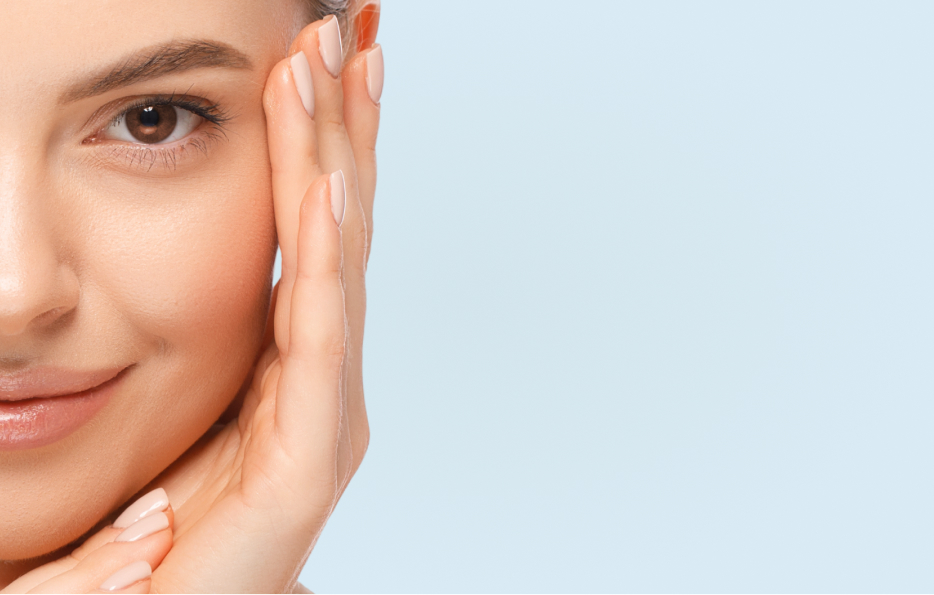The process of the facelift takes about two hours. Patients can choose between sedation and general anaesthesia. The way the facelift is performed depends on the surgeon, the structure of the patient’s face and the degree of intervention. It can be either of the following two options.
- General facelift for face and neck rejuvenation, which includes fat removal, liposculpture, as well as lifting and repositioning muscles and deeper tissues. In this case, the incision starts at the forehead, reaches the ears, passes around the ear, and fades low on the hairline. In some cases an additional incision is made under the chin.
- Neck lift focuses on loose skin around the neck and fat under the chin. The incision is made around and behind the ear, down to the line of the scalp.
In both cases, the incisions are closed with sutures or tissue glue. The stitches are usually hidden in the scalp or in the natural folds of the face.

